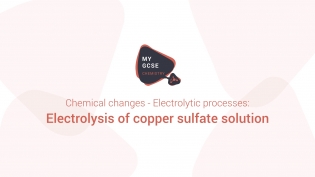
In this video, you will learn how electrolysis can be used to purify copper, and in the core practical we will investigate mass changes at the electrodes in the electrolysis of copper sulfate using copper electrodes.

This video covers what you need to know for the core practical on investigating the change in pH on adding powdered calcium hydroxide or calcium oxide to a fixed volume of dilute hydrochloric acid.
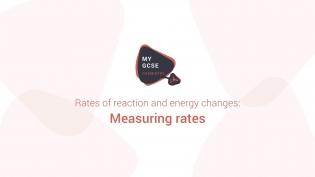
In this introduction to rates of reaction, you will learn the main methods used to measure the rate of a reaction: change in mass, volume of gas produced, and colour change. You will also learn how to calculate the overall (mean) rate of a reaction from experimental results or graphs. These methods are also relevant to the core practical on this topic (see “Factors affecting rates of reaction” video for further detail).
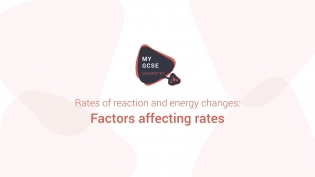
Having learnt how to measure rates of reaction and interpret rate graphs, we now discuss the five main factors that affect the rate of a reaction: temperature, concentration, pressure, surface area and catalysts. In the second half of the video, we also look at the requirements for the core practical on this topic: investigating how changes in concentration affect the rates of reactions, with specific reference to a method involving a change in colour.
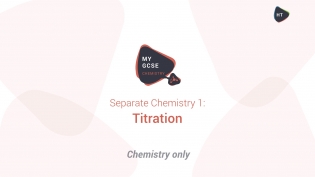
Titration is an important method in Chemistry: using precise apparatus to accurately measure how much acid neutralised a given volume of alkali (or vice versa). In this video, you will learn how to set up a titration for your core practical, how to record measurements, and how to calculate the concentration of an unknown solution using titration (HT only).
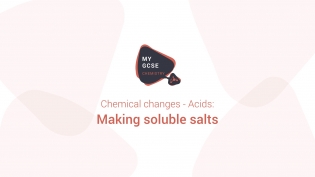
Salts are very common chemical compounds consisting of a metal part and a non-metal part. They are usually made by reacting a metal, metal oxide or carbonate with an acid. In this video, we will detail the method needed for the core practical on making pure, dry hydrated copper sulfate crystals starting from copper oxide.
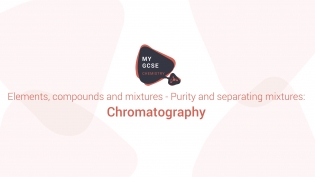
In this video, we will look at some different types of chromatography. We will look at how to set up a paper chromatography or thin layer chromatography experiment and explain in detail how it is used to separate and tell the difference between coloured substances. You will also learn what an Rf value is and how to calculate it as well as what you need to know for your core practical.
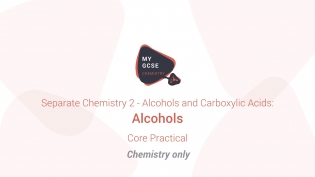
This video is about alcohols. You will learn how they are structured and what reactions they undertake, as well as what they are useful for. It also covers the core practical which investigates the temperature rise produced in a known mass of water by the combustion of alcohols.
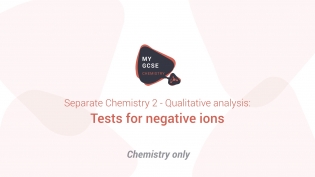
Anions are negatively charged ions such as halides (Cl–, Br–, I–), sulfates (SO42-), and carbonates (CO32-). In this video, we will discuss the test tube tests for these ions, which all relate to the core practical in this topic: use of chemical tests to identify the ions in unknown single ionic compounds covering the both metal ions (cations) and non-metal ions (anions).